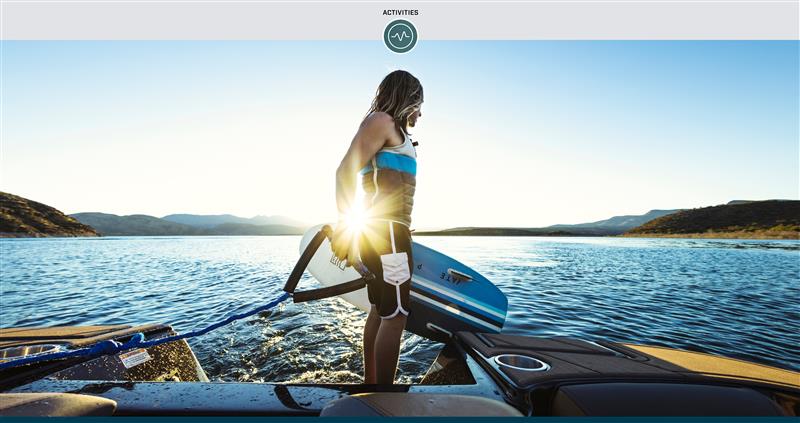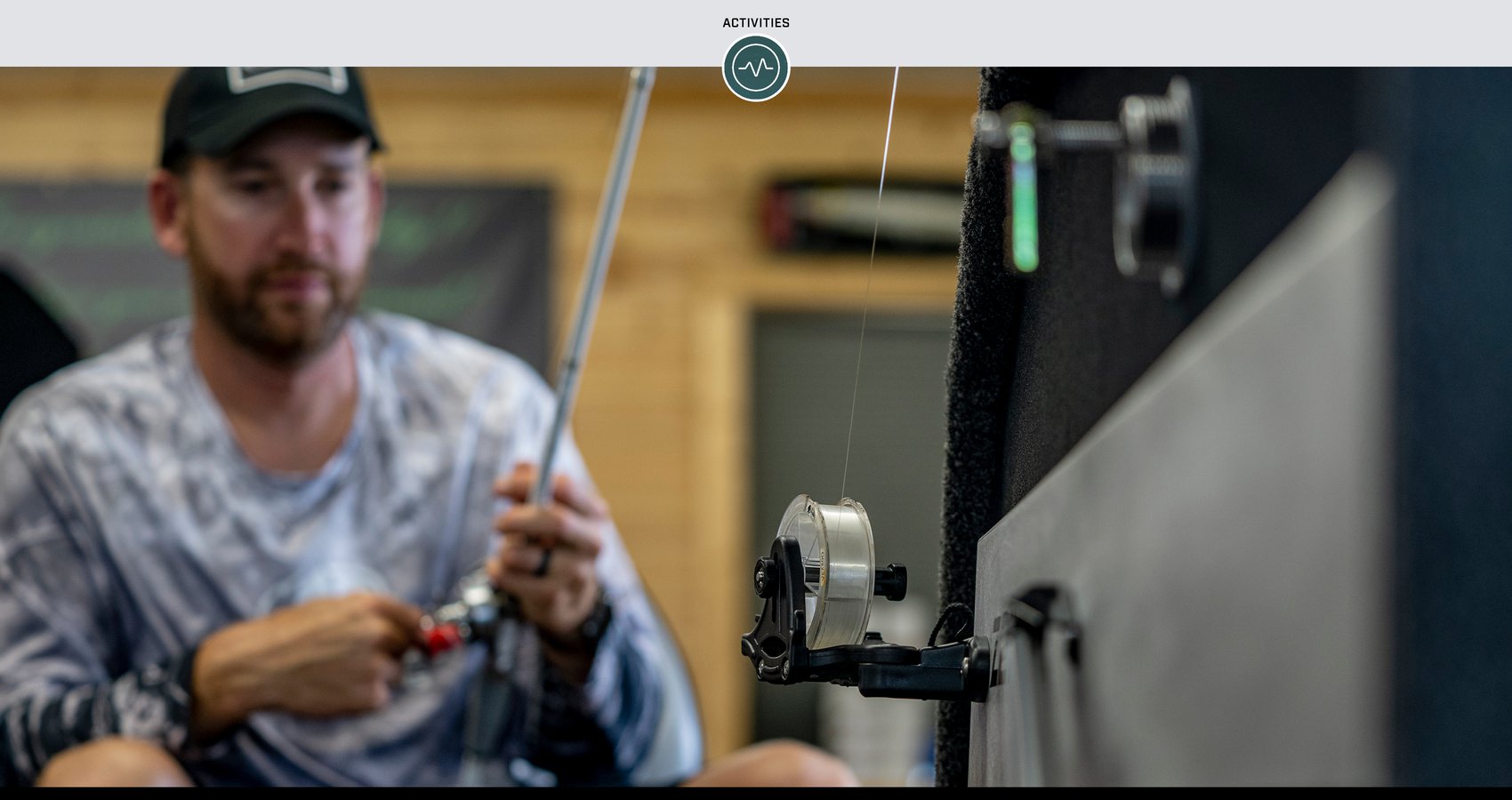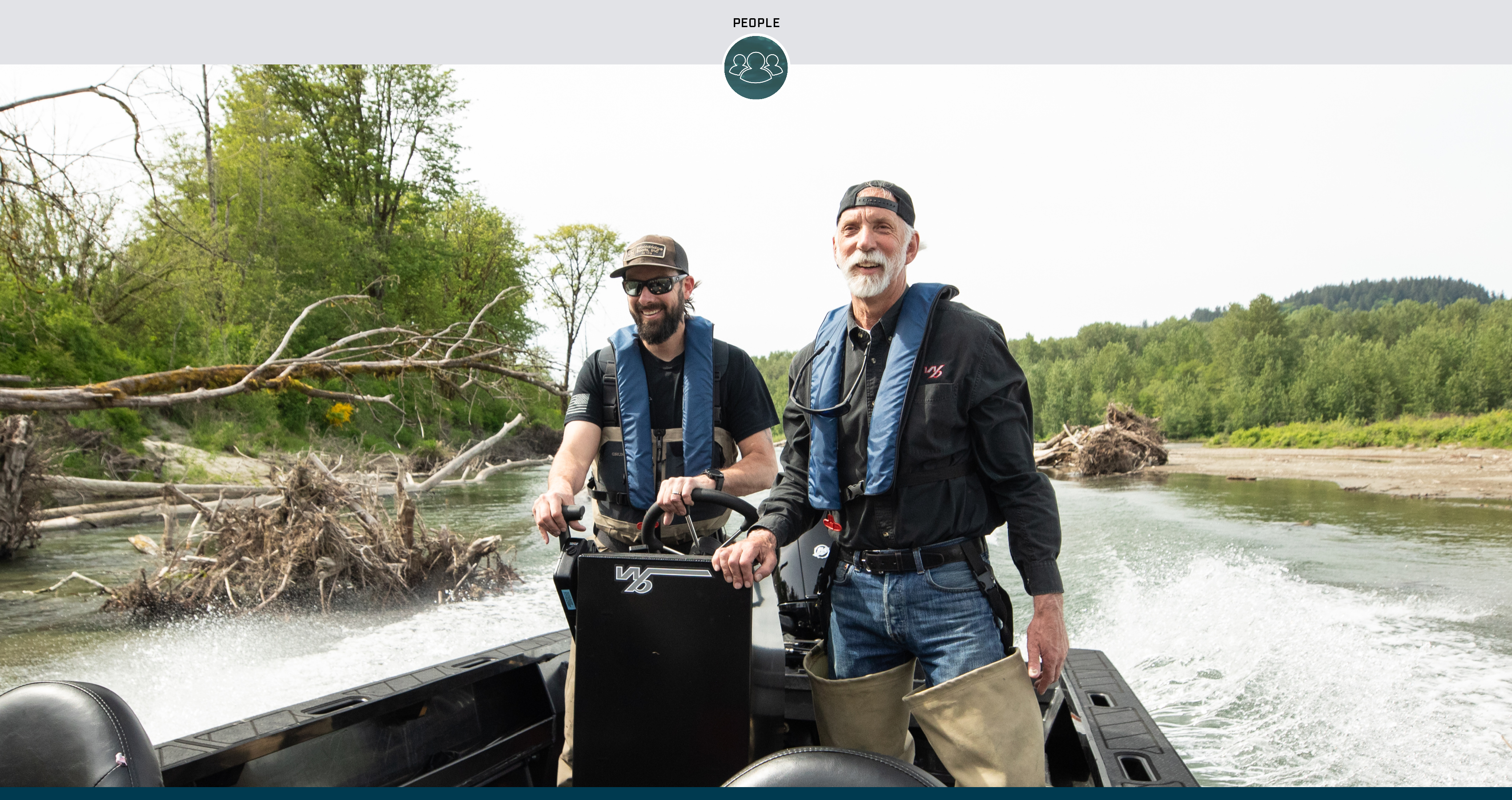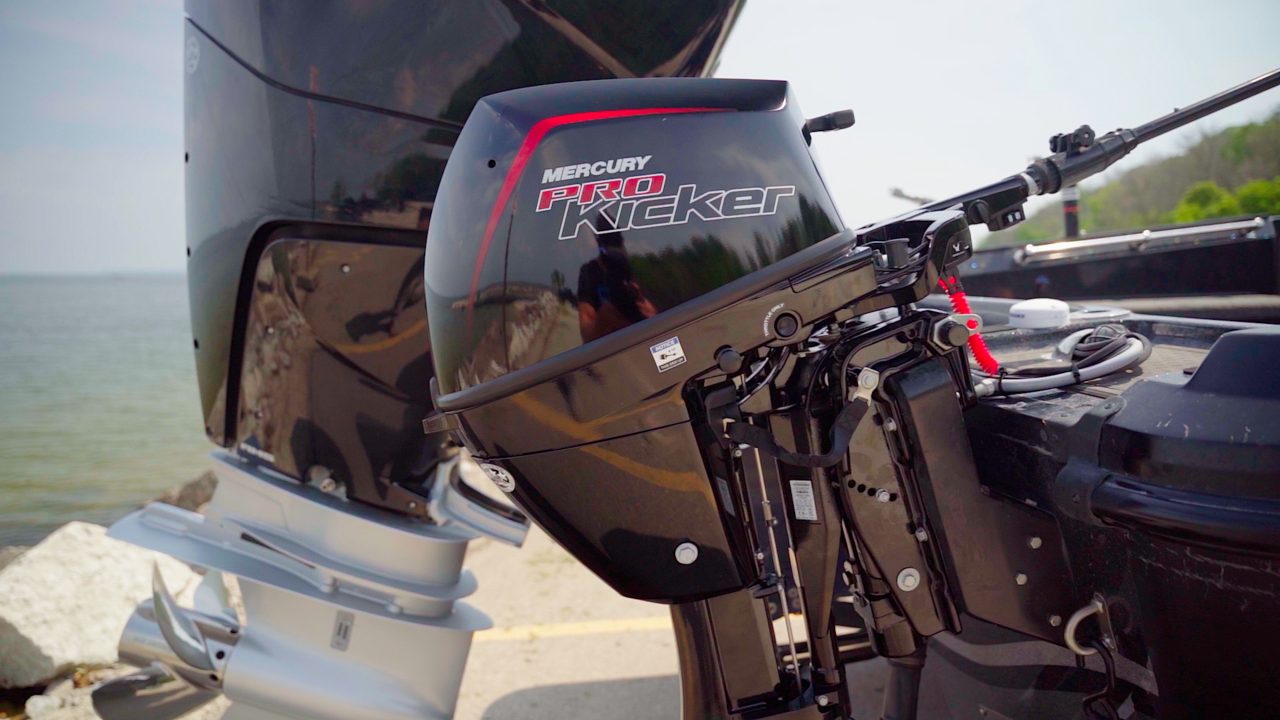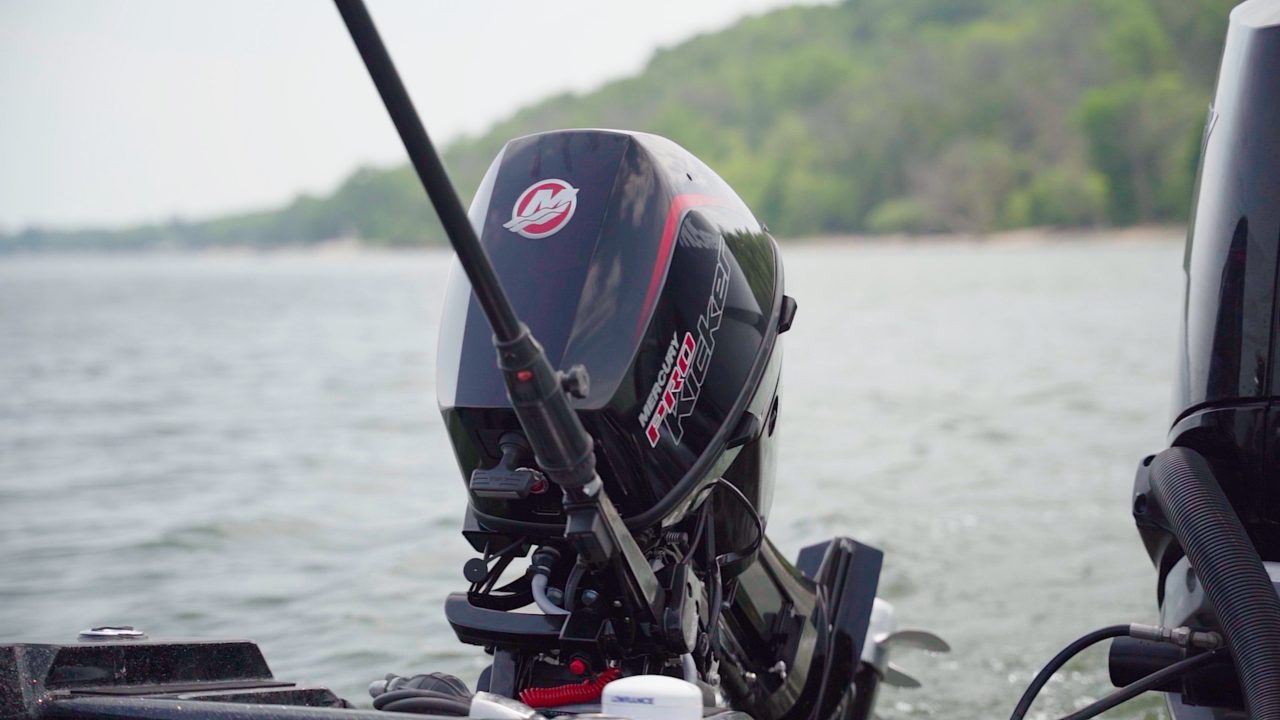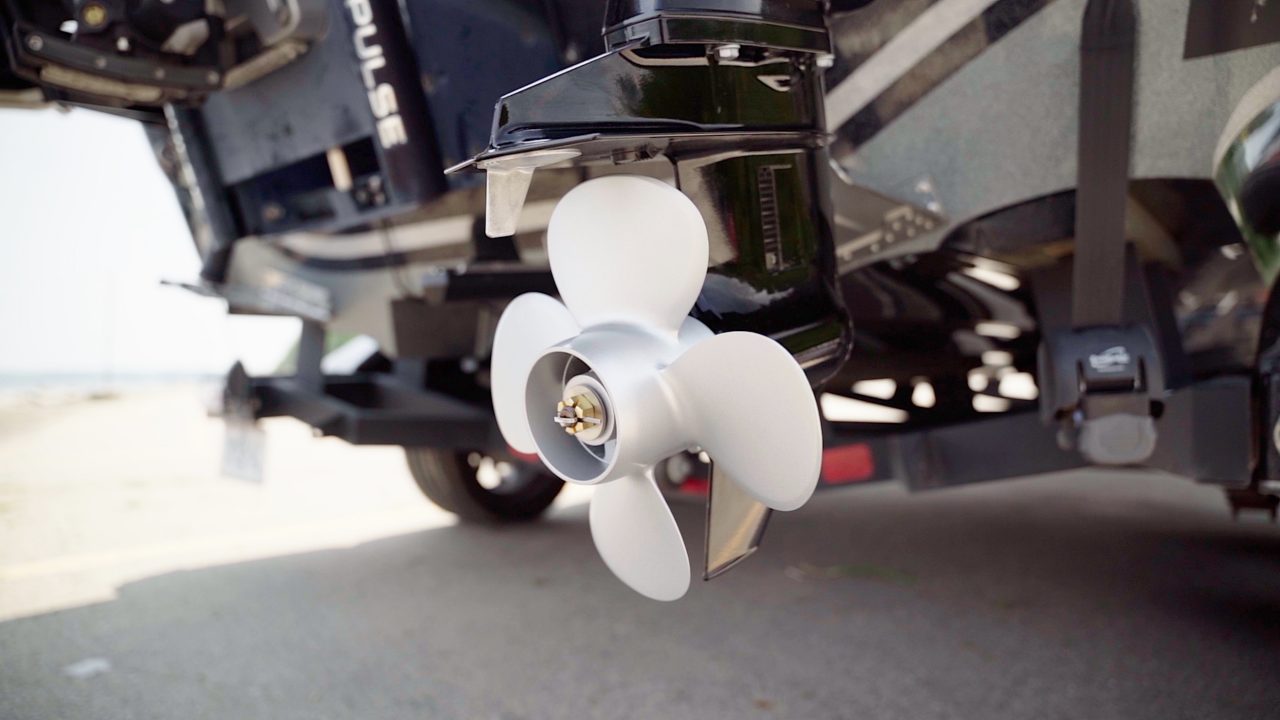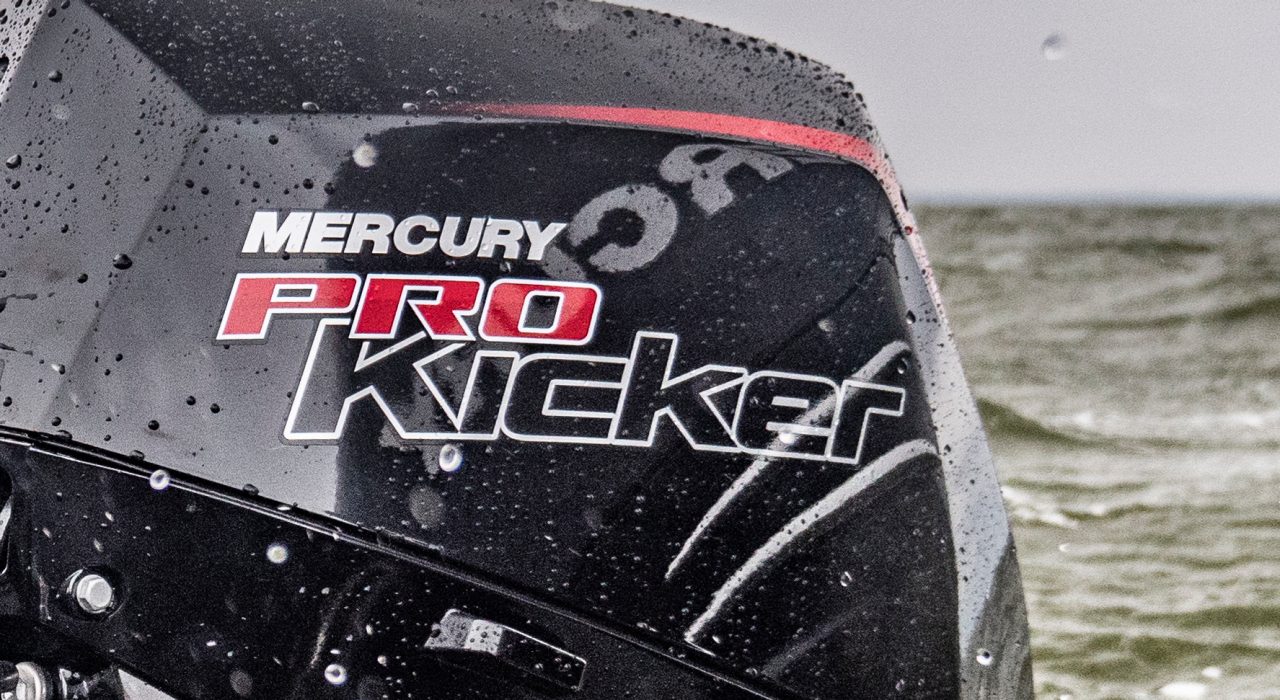What is a kicker motor?
A kicker is a small auxiliary outboard motor that’s mounted next to the main outboard on a boat’s transom. A kicker’s primary application is for trolling at speeds ranging from about 0.8 to 3 mph for walleyes, crappie, salmon, lake trout, muskies and other freshwater species. There are also some saltwater applications.
Each model in the Mercury ProKicker lineup comes standard with convenient features like power tilt, electric start and electronic fuel injection (EFI) for reliable starts in all weather conditions. They also feature a high-thrust four-blade prop and a gear ratio optimized for low-speed fishing.
5 advantages of a kicker motor
1. Refining trolling speeds – Most 16- to 22-foot multi-species fishing boats cannot troll down to low enough speeds for freshwater applications using a high-horsepower primary outboard. A small kicker motor is much more effective for this application.
2. Controlling the boat how it’s most effective for you – If you have a console boat, you can connect your kicker to your primary engine with a tie bar and steer the kicker from the helm. Or, if you want instantly responsive steering for contour-trolling or back-trolling, you can opt for a tiller-steer model.
3. Reducing engine hours – Kickers save operating hours on your primary outboard.
4. Preserving trolling motor battery – In heavy current, waves or when trolling at the higher end of the speed range for freshwater applications, using a kicker motor preserves trolling motor batteries.
5. Alternator backup – All ProKicker engines have an alternator. The 9.9hp and 15hp models have an alternator plus manual-start backup. If your cranking batteries deplete too low to start the main engine, you can pull-start the kicker and run it at high rpm. The alternator will provide a charge to the cranking battery so you can eventually turn over the primary engine.
